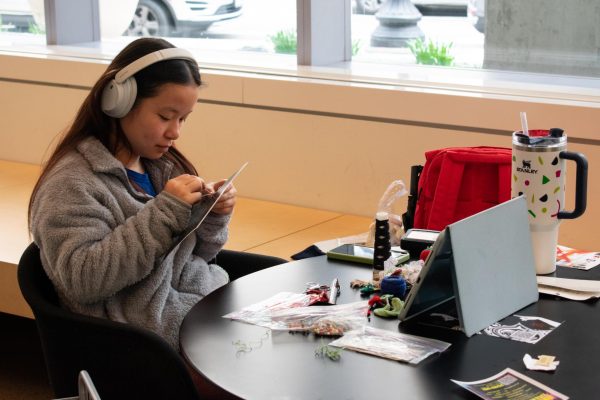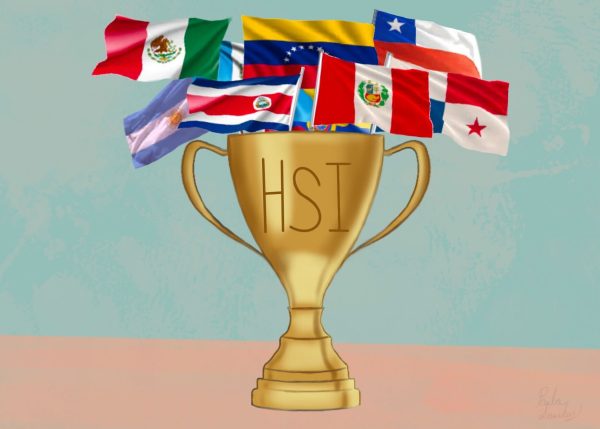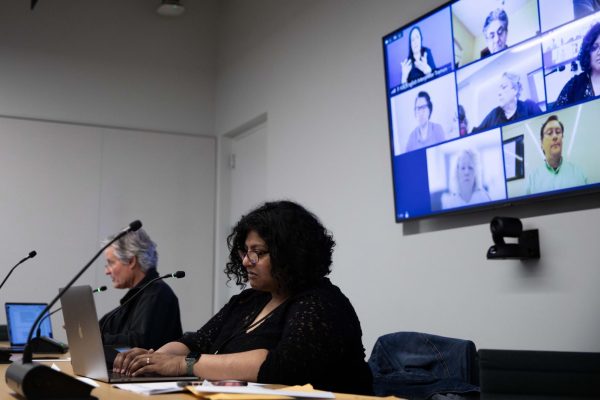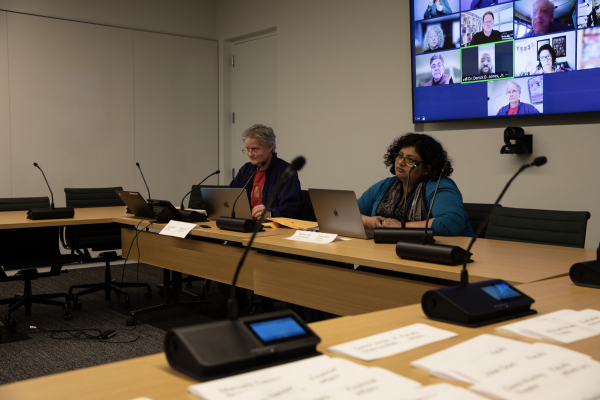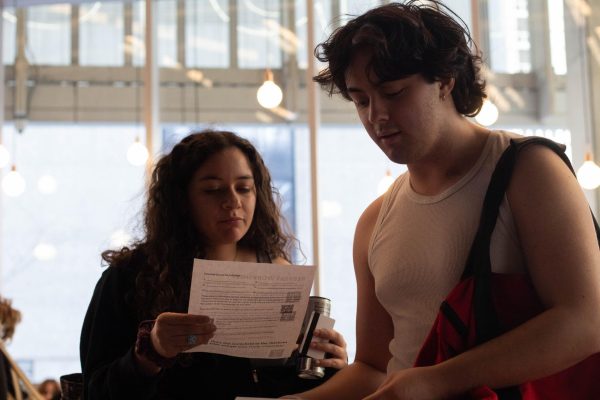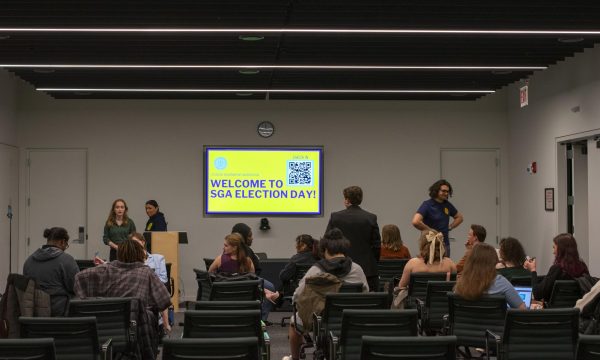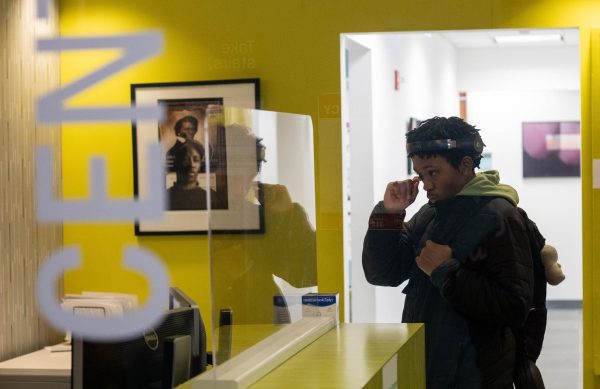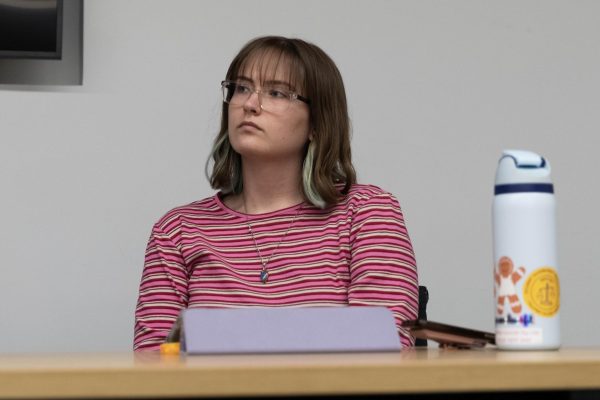Critical Encounters Fact & Faith: Encountering Life’s Endings
September 21, 2009
There are those who, upon confronting mortality, instruct us to protest our demise, to not go like sheep to our deaths, but to scream bloody murder upon sight of the Grim Reaper in order to drown out the sound of the bell tolling for us.
Such raised voices are certainly a most understandable way of viewing the ending of a life. To be alive is indeed a gift from the universe. Do souls not need to experience the reality of existence on earth, that they might enjoy the fruits of earthly love and be forged by human struggle into being strong enough to experience the cycle of life and death?
However, as is the case in all human affairs, there exists other doors into the house of dying and death, a primary one being that of acceptance and surrender to life’s rhythms and flows. In fact, I was in the presence of such a passageway a few weeks ago as I sat on a bench in my backyard observing hostas merging into the earth for their winter rest before re-emerging in the spring. No fear, no socio-religious cultural construct to be intimidated by, no resistance. Just doing what plants do naturally—surrendering to the birth/death/birth/death/birth/death cycle, for they travel not in a straight line with a beginning and end, but rather in circles, a truth known to all who exist close to the land or in sight of the vast oceans.
The venerable Buddhist monk and teacher Thich Nhat Hanh speaks of such a reality, informing us that to view our lives in a linear fashion is, in fact, an illusion, a turning away from who we are in truth. Yes there is birth and death, being and non-being. However, he goes on to describe such a worldview as one of waves. A wave seemingly has a beginning and an end. Yet the sea from which it arises is the source of its life and it has neither beginning nor end.
Whether it be the words of sages and spiritual teachers, or the expressed realizations of the dying and their loved ones, all speak of the incredible value that the nearness of death bestows upon the present moment. Rising from sleep each morning a new day is before us, to live it as if it were the last day of our lives, or to believe with certainty that tomorrow is not just a promise. Yet, albeit it is our desire and intention to have many more days in our lives, so do all those who die each day, including today. Believing we can die this very day is not a morbid thought. To the contrary, it is a life-affirming principle, reminding us that all we truly have is the present that now is the time to live life as if it were indeed our last day. All who have loved and lost know that just to be alive is our most prized possession, a gift to be cherished and shared with others.
To include in our daily life-affirming practice a meditation on dying and death offers us a clear mirror in which to see the choices open to us each day, to realize what has meaning and value for us. It compels us to remember not to allow whatever time we have left to be dribbled away, spent on foolish and meaningless pursuits. It heightens the preciousness of those we love because of their mortality. It requires of us a willingness to risk pain in committing ourselves to a meaningful attachment to another, to view each other with eyes of compassion, to speak the language of love and to touch each other lovingly as if this were the last day of our lives.
-Excerpted from Encountering Life’s Endings
Louis Silverstein, Ph.D, Distinguished Professor of Humanities, is a transcendental philosopher and practitioner, interdisciplinary and multi-consciousness educator, author and social activist.





